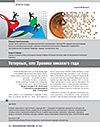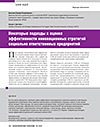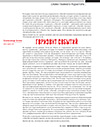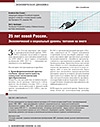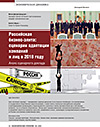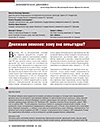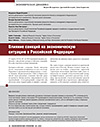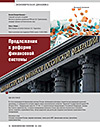
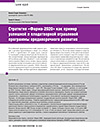
The paper examines the condition, problems and prospects of development of Russian pharmaceutical industry. The majority of medicines (82%) produced in Russia are generics. The share of innovative drugs is small — only 18%. The Ministry of health of the Russian Federation plans by the year 2025 to improve this ratio to 35:65. Therefore, the main challenge facing the pharmaceutical industry lies in the active development of innovative medicines and development of the technology of their production. The article studies three major industry issues and solutions to them: shortage of domestic pharmaceutical substances, lack of qualified specialists with modern skills and lack of development of medical products’ domestic production. The article shows that thanks to the timely adoption of the state development strategy “Pharma-2020” (2009) and the Federal target program “Development of pharmaceutical and medical industry for 2013–2020” and their practical implementation, the above-mentioned problems are being successfully resolved. The main conclusion of this paper is that the expansion and technological modernization of the domestic pharmaceutical industry and medical devices’ production is a task of utmost national importance. The contribution of the industry to national GDP today is 1%. However, the potential of the industry is that its share in GDP could grow to 3-5% in the next 10-15 years. In addition, the industry plays an extremely important role in solving social and demographic problems, as well as improving the quality of human capital.
Продолжить чтение




